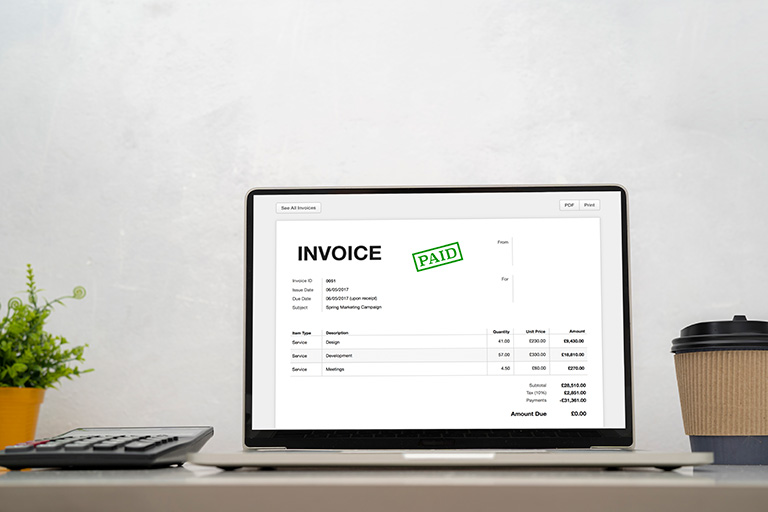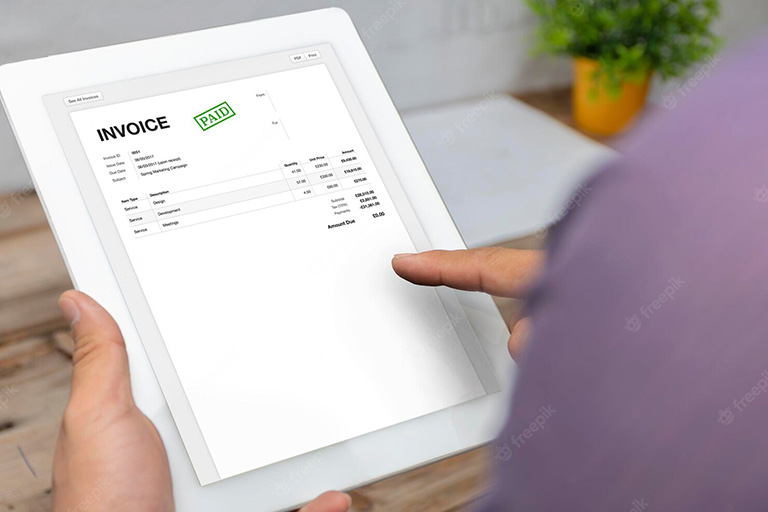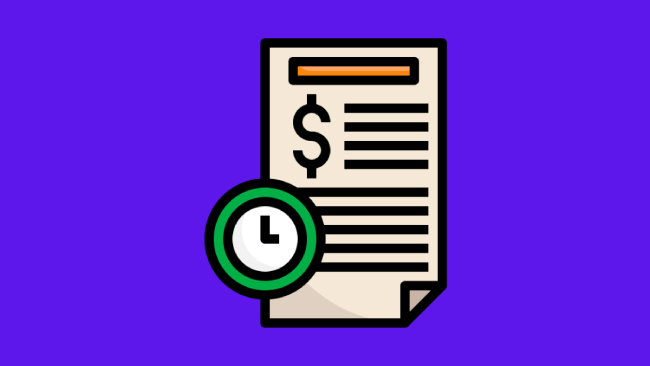Every experienced blogger knows creating great content is only half the job. Monetizing your blog is the other.
But the essential link between the two is invoicing.
When it comes to running a blog successfully, the engine that really keeps driving it is your invoicing process. This might seem like an insignificant point in the bigger picture. But how and when you send your client an invoice can have major ramifications on maintaining your cash flow.

Since an invoice is the tool that makes sure a business gets paid, it’s important to put the necessary effort in and do it right, both for your and the client’s benefit.
We’ve got a few tools and tips to help with your invoicing process so that you can focus on your blogging and not on whether or not you’re getting paid!
Delays Don’t Benefit Anyone
Some business owners get embarrassed about sending an invoice, however, you deserve to get paid if you’ve fulfilled your part of the deal. Ultimately, you’re offering a service, and there’s no reason to run into cash flow problems because you’re a bit shy.
Clients also like to know what they’re in for. So, while you may think that you’re doing them a favor by delaying sending your invoice, you may actually be inconveniencing them. Ultimately, they need to plan their finances too.
Just Click Send
So, what’s the best time to send an invoice to a client? As soon as possible.
This is a common mistake that business owners make. The obvious implications here are that it will take longer for you to get paid, especially if you miss the client’s payment run.
The longer it takes you to send an invoice, the further down the line, you’ll get paid. Plus, you can’t expect a client to wait for ages and then adhere to short payment terms simply because you decided it was the right time.
When you monetize your blog, it’s best to ask clients what their payment terms are, and then ensure your invoice gets submitted in a good time for processing.
Organization Is Essential
If you’re organized with your invoicing, this not only makes your life easier, it also creates a good impression on your client. Something as simple as prepping your invoices in good time makes a huge difference. Especially when blogging payments are usually for marketing that has taken place or for services already rendered.
If you want to simplify the process even further, you could send out your terms and conditions before your clients receive an invoice or before you begin any work for your blog. You can include your payment expectations in an email communication with the client or as an addendum to a contract if one is signed.
We’re all familiar with the fact that in life, T’s and C’s apply. Your business shouldn’t be any different. Making sure your client is aware of your terms upfront means that you don’t have to worry about queries when the invoice is sent. If everything is agreed upon and understood ahead of time, it makes sending and receiving your invoice smooth and seamless.
Keep Your Invoices Simple
An invoice should always be clear and simple to understand. This might seem obvious, but make sure you’ve made it clear on your invoice what you’re invoicing for, the date/s for the job, and the amount due and by when.
If you’ve charged different rates for various marketing and blogging services, itemize these costs and show the total amount due, including any taxes. This creates transparency and builds trust.
If you’re unsure of how to set up an invoice or need a bit of help, you’ll easily find a free invoice template online that you can customize accordingly. On this template, you can include all the details your client needs to pay you promptly using your preferred payment methods.
Make Payment Tracking A Priority
Keeping tabs on whether a client has settled an invoice is almost as important as issuing it in the first place. While there are automated systems that track billing payments, as a blogger, these can be an expensive investment. The more cost-efficient alternative is to simply track payment in a spreadsheet or in a ledger. This allows you to check whether a payment is outstanding, or if a settlement was received.
Clients may forget to pay an invoice, they may not reach the right department, or they simply got set aside for later payment and no one informed you of this. Keeping track of whether you’ve gotten paid is crucial as the chances are, your clients are not doing this for you. Failing to do so may mean missing out on money you’re owed.
This brings us to…
The Awkward I-Haven’t-Been-Paid Scenario
Inevitably, this is going to happen from time to time, and might even be with one of your biggest or most loyal clients. When in doubt, just be polite. If you’re polite and follow up in good time, this is already half the battle won.
You might also have to be persistent about payment. Sending a friendly reminder is a good start, and this also gives you the opportunity to engage in a bit of relationship-building and marketing. You can ask if there’s anything else they need and thank them again for the opportunity they gave you. Plus, when they pay you, you can thank them and express your gratitude. This goes a long way towards fostering loyalty.

Focus On Making Your Blog Make Money
Monetizing your blog requires managing your money and this means ensuring your clients receive their invoices on time, every time. Setting up a proper invoicing system ensures that you can quickly and easily create and send out invoices without any issues. It also means that your clients will get used to your billing system, and you’ll create consistency for your brand. After all, as a professional blogger, your blog is your brand, and everything that connects to it should reflect the same level of professionalism.


Leave a comment
Have something to say about this article? Add your comment and start the discussion.